When it comes to malware, users Windows (and not only) they must always be careful which are the latest vulnerability appeared that could them affect systems and how can I solve their problem. Recently one such was discovered vulnerability in the latest version of Java 7 (version 1.7, updates 0-6), vulnerability that enables them hackers on attack operating systems through Java plug-ins for browsers.

Cum Oracle has no plans to launch another one security update for Java until October and it seems that they have not yet taken any initiative, even though it has been confirmed that this vulnerability has already been used to infect computers with malware, is recommended to users Windows (most probably also to those Mac OSX, although no attacks have yet been reported on these operating systems) either to completely uninstall Java from the systems, either, if it uses applications that use Java, in disable Java plugins in browsers. Also, if certain sites require Java, it is recommended to use one browser alternative for visiting them (for example, if Firefox is the browser used default, disable the Java plugin in it and use another browser, such as Chrome, IE, Opera or Safari, to visit sites that require Java).
Uninstall Java completely in Windows operating systems
Users who wish to uninstall Java completely, I can do this from Control Panel > Uninstall Programs (or Add/Remove Programs for XP). It is recommended to uninstall all software that have Java, JRE, JDK in name (Java is a free software, and can always be installed back if you need it).
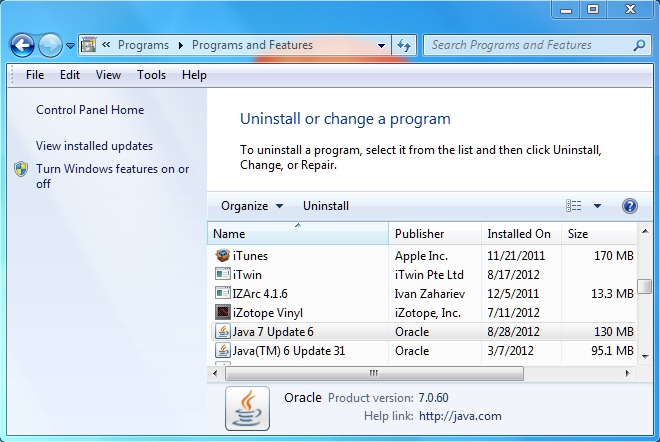
Disable Java plugins in web browsers
- in Google Chrome, taste about:plugins in the address and data bar Enter. Then identify Java in the displayed list and click on Disable
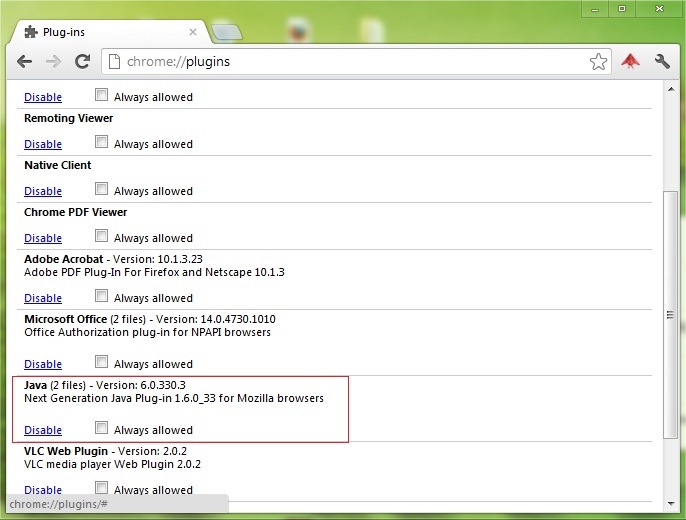
- in Firefox, click on the orange button from the upper-left corner of the browser, then select Add-ons from the displayed menu. Then disable all the add-ons that have Java in the name.
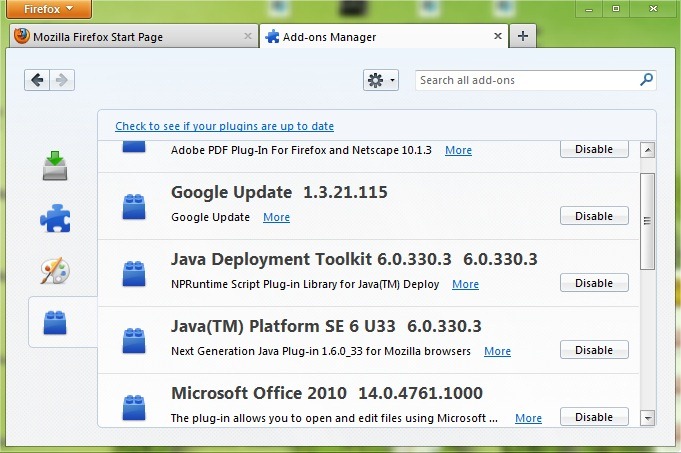
- in Internet Explorer, click on icon for settings (upper-right corner, under the close button of the browser) and select Manage add-ons from the displayed menu. Then identify plugin-ul Java and click on Disable
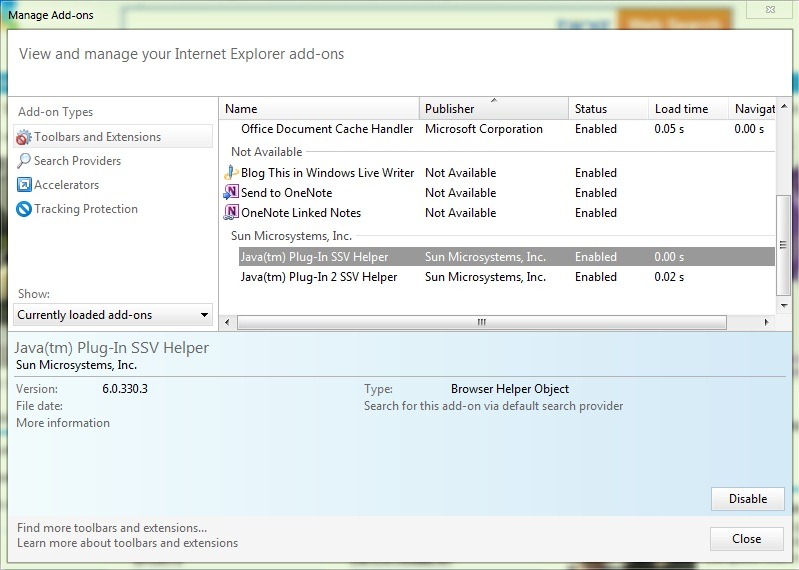
- in Opera, open the menu (click on the button in the upper-left corner) then select Settings > Preferences. In tab-ul Advanced Select Content and uncheck choice Enable JavaScript and Enable plugins.

- in Safari, click on iconitis of settings (top-right corner) and select Preferences from the menu. In the tab Security, uncheck the options Enable plug-ins, Enable Java and Enable JavaScript from the right to Web content.
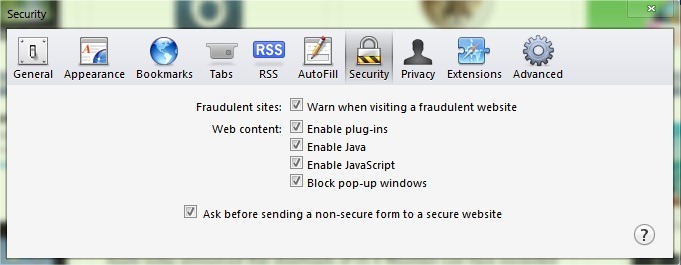
Note: If you do not want to uninstall or disable Java, pay close attention to the sites you visit, and make sure your antivirus has an up-to-date database (it is also recommended to perform at least one system scan/day).
Update: We were notified that Oracle finally took the initiative and launched a emergency security patch for Java, namely version 1.7 update 7, care rezolva problema acestei vulnerabilitati. Asadar, verification here What version of Java is installed on your computer? (you can only do this if you have Java activated in the browser you are checking from) and do it urgently the update that protects you systemicallye (at least the vulnerability discussed in this article :).)
STEALTH SETTINGS – Java vulnerability used to spread malware in Windows OS. How to fix it?
